The Mesopotamian Night 2009 is somehow related to an Assyrian patriot Sargon Ishoo. It was him and Tony Khoshaba the president of AAS-A Central Valley Chapter who made a life long promise to their Assyrian language and literature teacher Rabi Nimrod Simono that the folklore Epic of Qateeni Gabbara, so beautifully documented by Rabi William Daniel, will live on and will not be forgotten. Over twenty years has passed from the day that the promise was made. Both Rabi Simono and Sargon Ishoo have already left us but the promise is finally fulfilled. Qateeni will appear in world stage as a master piece of literature and arts and will live forever in the minds of future generations of Assyrians and will lead them with the message of pride, unity and freedom.
Below is a biography of Sargon Ishoo written by his brother Ninous Ishoo.
Sargon Ishoo’s Biography
Sargon Ishoo was born May 22, 1960 in a small, ordinary Assyrian family. He lost his father at the early age of 8. He had a challenging childhood but he was fortunate enough to have had a very good family and close friends. Sargon, in his teenage years, discovered his love for sport. Like his father, he had a passion for soccer. He started playing soccer for the Armenian team of Ararat. After awhile, he discovered his other passion, which was stronger than soccer. That passion was learning his native Assyrian language. He had never taken any Assyrian classes and didn’t yet know the alphabet. Sargon’s passion was strong enough to give him the determination to face the challenge. He started by asking one of his friends to write the alphabet with the pronunciations. He spent many hours of his free time learning the alphabet. With his strong motivation, it didn’t take him that long to start reading books in his own language. He used to say, “There is no better joy than to read a book in your own language”.
Reading all those books slowly but surely pulled him toward his third passion: Assyrian culture, his identity as an Assyrian and nationalism. He started researching, reading and meeting different groups of people. In this process, he made many new friends. At the same time in the neighboring country of Iraq, there was a new movement in Assyrian educators and youth called the Assyrian Democratic Movement or Zowaa. Saddam found out about it and he imprisoned some of the members and killed others to silence the movement. Saddam didn’t know that he couldn’t stop the Assyrian Youth Movement for Liberty by intimidation. Some of youth from the city went to the higher mountains and started an arms struggle against the regime. Some others went to Iran to regroup. Sargon met some of them and liked their ideology and courage, so he started helping them. When Sargon was in his early twenties; his family decided to move to the capital city of Iran (Tehran). For awhile he was far from his friends, but he kept in contact with them. In Tehran, Sargon met new friends in the Assyrian Youth National and Cultural Association (Qindroon). He joined them and started teaching the Assyrian language. At the same time he was studying the Assyrian language at an advanced level.
He later had to move out of Iran to Germany. He lived in Germany for two years and helped establish the Assyrian club and taught Assyrian. After two years, he moved to the United States and began taking English and electronic classes at Modesto Junior College. He established the Assyrian club of MJC. Also, he joined the Assyrian Aid Society and Zowaa’s local chapter. Unfortunately, he was diagnosed with cancer at this time and after a year of fighting; he lost the battle to the disease in Feb 2, 1999. He left us for a better place in heaven. Although he had a short life, he was very productive.
